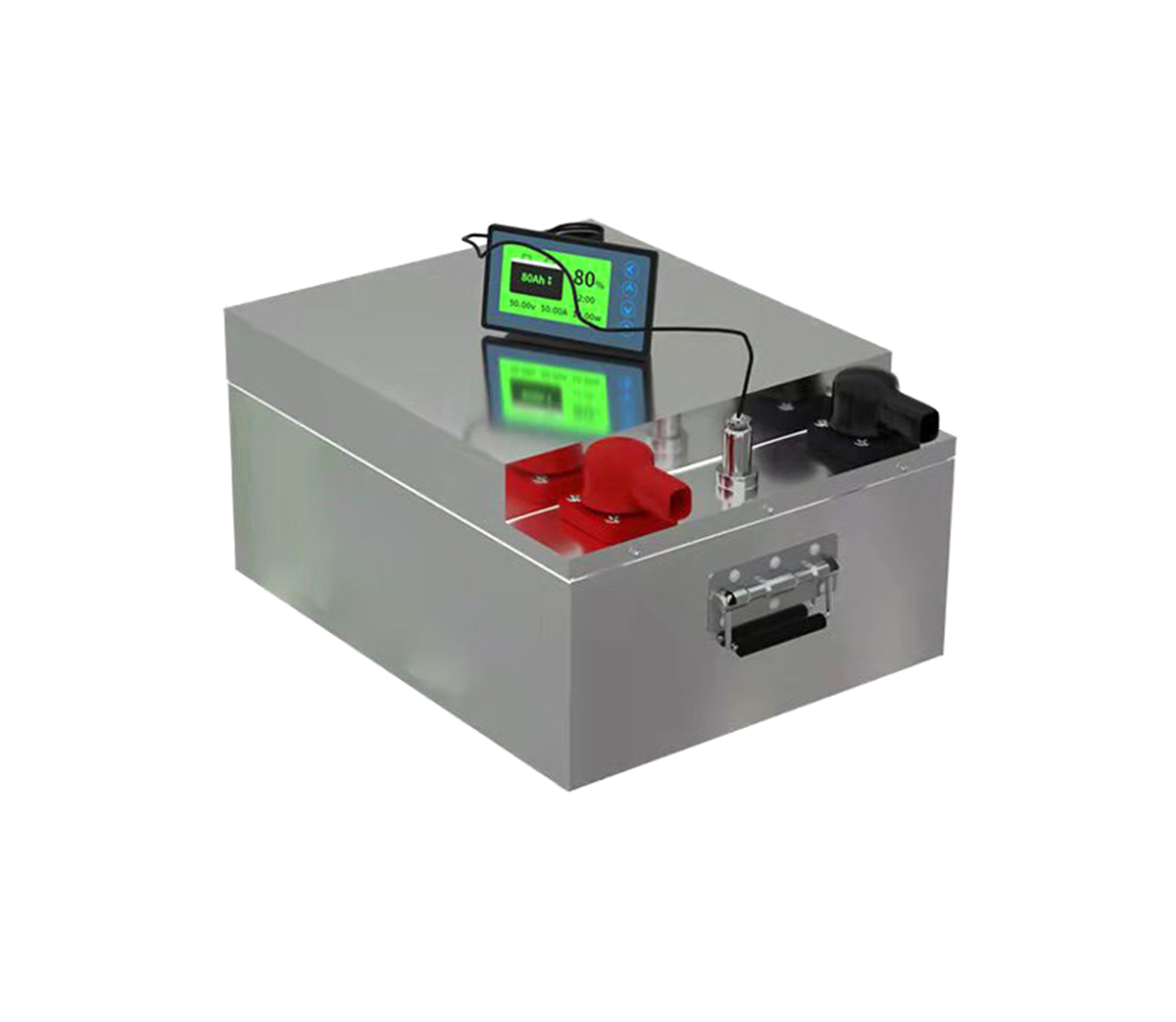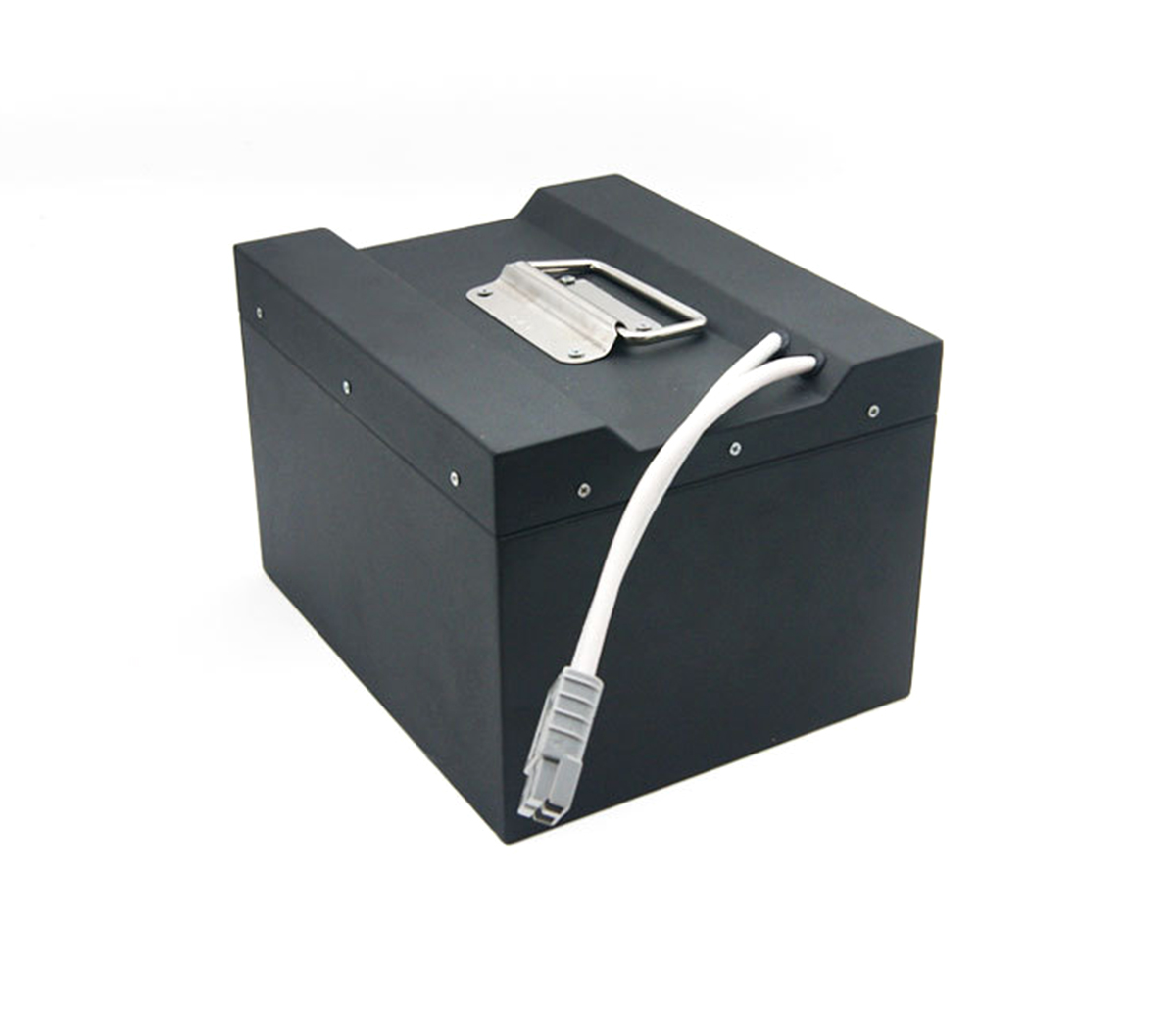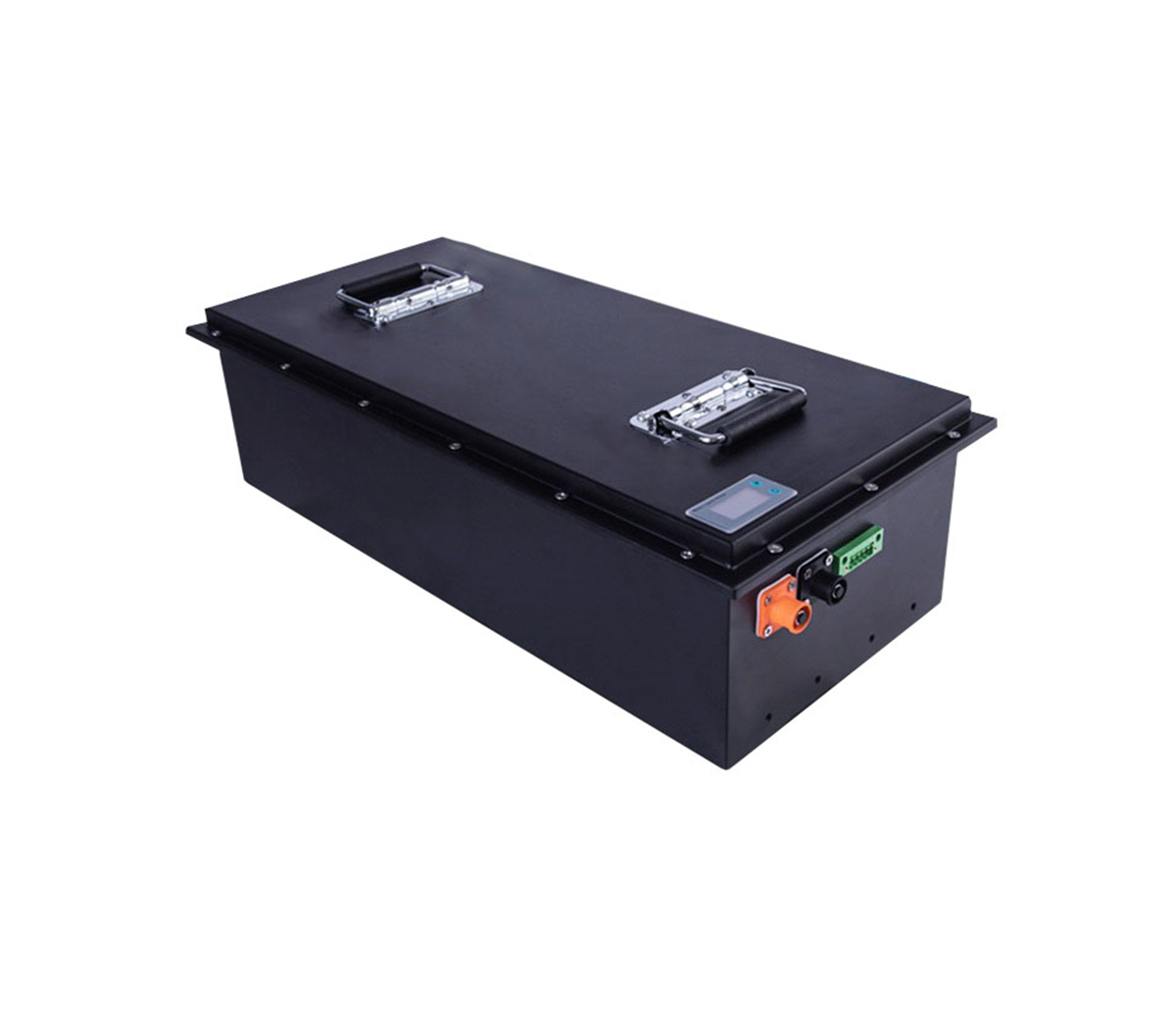Distribution status of electrochemical energy storage technology in my
country
From the definition, we know that energy storage in a broad sense refers to
the storage of all energy, including heat storage and electricity storage.
Energy storage in the narrow sense refers only to the storage of electrical
energy, and the "energy storage" discussed in this article takes its narrow
sense.
What is energy storage?
Broadly speaking, energy storage is energy storage, which refers to a
cyclic process in which one form of energy is stored in the same form or
converted into another form of energy through a medium or device, and needs to
be released in a specific form of energy.
In a narrow sense, energy storage refers to the storage of electrical
energy, which refers to a series of technologies and measures that use chemical
or physical methods to store the generated energy and release it when
needed.
From the definition, we know that energy storage in a broad sense refers to
the storage of all energy, including heat storage and electricity storage.
Energy storage in the narrow sense refers only to the storage of electrical
energy, and the "energy storage" discussed in this article takes its narrow
sense.
Energy storage technology classification
Energy storage is divided into physical energy storage and chemical energy
storage. The technical characteristics of the two are as follows:
Physical energy storage: pumped water storage, compressed air energy
storage, flywheel energy storage, etc.
Features: Water, air, etc. are used as energy storage media, and the energy
storage media does not undergo chemical changes.
Electrochemical energy storage: lead storage battery, lithium ion battery,
flow battery, nickel hydrogen battery, etc.
Features: Use chemical elements as energy storage media, and the charge and
discharge process is accompanied by chemical reactions or changes in the energy
storage media.
The difference between physical energy storage and chemical energy storage
is whether the storage medium undergoes chemical changes. Statistics from
industry organizations show that from 2000 to 2016, water storage and energy
storage accounted for the largest proportion of various energy storage methods
in the cumulative installed capacity of my country's energy storage market, but
the growth was slow. However, electrochemical energy storage represented by
lithium-ion batteries has grown rapidly and its proportion has been increasing.
The electrochemical energy storage market has great growth potential.
Electrochemical Energy Storage Market Technology Distribution
According to statistics from the “Energy Storage Industry Research White
Paper 2017” released by the Zhongguancun Energy Storage Industry Technology
Alliance, in 2016, almost all of my country’s new electrochemical energy storage
projects were put into operation using lithium-ion batteries and lead storage
batteries. The proportion of installed capacity is 62% and 37% respectively.
In 2016, in terms of the year-on-year growth rate of new installed capacity
in my country, lithium-ion batteries occupied the first place with a growth rate
of 256%; in addition, lithium-ion batteries accounted for the largest proportion
of new installed capacity in the field of renewable energy grid-connected. As
high as 70%; lead-acid batteries account for the largest proportion of newly
installed capacity in the field of distributed power generation and microgrid,
reaching 69%.
Judging from the geographical distribution of each technology, lithium-ion
batteries are distributed in all regions, with the largest proportions in
Northeast, Central China, South China, Northwest and Southwest; lead batteries
account for the largest proportion in North and East China; flow batteries are
mainly distributed In the Northeast.
However, from a global perspective, in 2016, new electrochemical energy
storage projects put into operation mainly adopted energy storage technologies
such as lithium-ion batteries, sodium-sulfur batteries, and lead storage
batteries. The newly installed capacity of the three technologies accounted for
all the newly added Over 99% of the installed capacity of the project. In terms
of growth rate, the growth rate of newly added sodium-sulfur batteries was the
fastest year-on-year, with a year-on-year growth rate of 2400%; followed by lead
batteries, with a year-on-year growth rate of 563%.
It can be seen that in both the global energy storage market and the
Chinese energy storage market, the newly installed capacity of lithium-ion
batteries ranks first, which reflects the current dominant position of
lithium-ion batteries in energy storage technology. Sodium-sulfur batteries have
many applications abroad, but less domestically; the cumulative installed
capacity of lead batteries in the domestic energy storage market is already
behind lithium-ion batteries, which also reflects the general trend of
lithium-ion batteries replacing lead batteries in the field of energy
storage.
Enterprise distribution of electrochemical energy storage technology
1. Lithium ion battery
Lithium-ion battery has good energy storage performance, long service life
and high cycle times. Under normal circumstances, lithium batteries can be
cycled about 3000 times, and lithium titanate batteries can be as high as about
25000 times. Lithium-ion batteries have low self-discharge loss and high energy
conversion efficiency. Compared with other batteries, various performances have
been greatly improved. From the above, we know that the newly installed capacity
of lithium-ion batteries ranks first globally and domestically, and many
domestic enterprises have deployed lithium-ion battery energy storage
technology.
Shanghai Zhongxing Paineng Energy Technology Co., Ltd. (hereinafter
referred to as ZTE Paineng) focuses on the R&D and production of lithium
iron phosphate energy storage systems. The company’s lithium iron phosphate
battery systems have flexible configuration and high reliability, and are used
in communications Application scenarios such as energy storage systems, data
rooms, home photovoltaic energy storage systems, robotic systems, and
high-voltage DC energy storage systems.
The German Relzow100MW/200MWh lithium battery energy storage power station
built by Shenzhen Advanced Clean Power Technology Research Institute Co., Ltd.
under Mengshi Technology is mainly used in the German primary frequency
modulation market. The power station all adopts Mengshi Technology's modular
energy storage integration technology and lithium battery products, which have
the characteristics of rapid response and long service life. At the same time,
the project is also the first case of a Chinese-funded enterprise investing in
the construction of energy storage projects overseas and participating in power
operations.
Zhongtian Energy Storage Technology Co., Ltd. (hereinafter referred to as
"Zhongtian Energy Storage") is committed to the layout of lithium battery energy
storage projects. In 2016, Zhongtian Energy Storage's lithium battery production
capacity reached 2GWh, and the electric energy storage system achieved overseas
sales. Since 2017, the company has undertaken 3 megawatt-level energy storage
projects, and has the ability to contract for power storage projects.
Energy storage is one of the main application areas of lithium titanate
batteries. As of January 2017, Shenzhen Baoqing Battery Energy Storage Station,
which uses Yinlong New Energy's lithium titanate technology, has been operating
safely and stably for six years. The energy storage station is the first
megawatt-level lithium battery energy storage station put into operation in my
country, and it is also a demonstration project of the national 863 project and
a key technology project of China Southern Power Grid Corporation-"Key
Technology Research and Pilot of 10MW Battery Energy Storage Station", six years
The successful operation of the company signifies that Chinese enterprises have
studied, mastered and successfully applied the key technologies of
megawatt-level battery energy storage.
In addition, Zhejiang Nandu Power Supply Power Co., Ltd. and other
companies have also laid out lithium iron phosphate energy storage technology
routes.
2. Lead storage battery
Lead battery technology is mature, battery materials are widely sourced,
and the cost is low. Its shortcomings are fewer cycles, short service life, and
improper handling in production and recycling links, which can easily cause
environmental pollution. The researchers added activated carbon to the negative
electrode of the lead battery to form a lead-carbon battery. Compared with
ordinary lead batteries, lead-carbon batteries can be fully charged in 90
minutes, which reduces the sulfation of the negative electrode, prolongs the
battery life, and improves the power density. Lead-carbon battery is an advanced
lead-acid battery, and it is also the mainstream direction of lead-acid battery
technology development.
The technical route of Nandu Power Supply's energy storage is mainly
lead-acid batteries. It is understood that the lead-carbon battery technology
commercial energy storage power station project actively promoted by Narada
Power has significant economic advantages. According to estimates, under the
peak-to-valley price difference of 0.9 yuan/kWh, the company's total annual
operating profit per 1MWh energy storage power station is about 100,000 yuan,
and the internal rate of return is as high as 11% through the peak-shaving and
valley-filling mode.
After years of precipitation, Shengyang Power has formed mature lead-carbon
battery technology. The FCP lead-carbon battery produced by it has introduced
advanced lead-carbon technology and product design and manufacturing experience
from Japan’s Furukawa Battery Co., which has achieved 70% DOD deep cycle times.
4200 times, with a design life of 15 years, applied to new energy access,
distributed power generation, smart grids, etc.
Shuangdeng Group is a provider of energy storage micro-grid solutions. It
has formed a variety of energy storage application solutions such as wind-solar
storage micro-grid, peak-shaving and valley-filling energy storage power
station, wind-solar diesel-electric hybrid base station power supply system, and
frontier and coastal defense power supply system. Solutions, with serialized,
standardized and modularized energy storage system products. In the State Grid
Zhangbei Wind and Solar Storage and Transmission Demonstration Power Station, it
is equipped with 12MWh lead battery energy storage; in the China Guangdong
Nuclear Power Qilian microgrid energy storage system, the 28MWh tubular
colloidal lead acid battery system is used as the main power source, and the
lithium battery is used to realize the stable operation of the microgrid And
energy optimization management.
In addition, lead storage battery manufacturers include batteries, Shanghai
C&D, etc. The battery products of these companies are widely used in the
field of energy storage.
3. Sodium-sulfur battery
Sodium-sulfur batteries are batteries with sodium (Na) in the negative
electrode, sulfur (S) in the positive electrode, and fine ceramics for the
electrolyte. The core barrier lies in fine ceramic technology. The energy
density of the sodium-sulfur battery is as high as 760Wh/kg, the conversion
efficiency is close to 100%, and the number of battery cycles is as high as 2500
times. However, the disadvantage is that the cost is high, reaching about 2,000
US dollars/kWh; the working environment is demanding, and it can be started at
300°C. If a short-circuit failure occurs, the temperature will be as high as
about 2000°C. Therefore, there are extremely high requirements for technology.
Sodium-sulfur energy storage There are many applications of batteries abroad,
but they have not been widely promoted in China.
In May 2015, the sodium-sulfur battery produced by Zhoushan Qintang New
Energy Technology Co., Ltd. was unveiled in Shenzhen. The company has obtained a
number of utility model inventions in the field of sodium-sulfur energy storage
batteries, including a single-tube sodium-sulfur battery with sulfur embedded in
a solid electrolyte tube. Devices, multi-tube sodium-sulfur battery devices in
which sulfur is placed in solid electrolyte tubes, etc.
On January 18, 2017, Chaowei Group and General Electric Company of the
United States held a sodium salt battery project signing ceremony in Changxing,
Zhejiang. Combining the industrial and technological advantages of both parties,
they jointly established a joint venture company to expand the application field
of sodium salt batteries and take a step forward. A key step in the energy
market. The two parties will focus on the production, research and development
and sales of sodium salt batteries to build a professional company with global
competitiveness.
In addition, Wuhu Haili Industrial Co., Ltd. has been researching
sodium-sulfur batteries since the early 1980s, and applied for and obtained a
national invention patent for high-power sodium-sulfur batteries in April 2007.
State Grid said at the end of 2009 that it has developed sodium-sulfur batteries
that can be used for large-scale energy storage.
4. Flow battery
The flow battery adopts a special structure in which positive and negative
electrolytes circulate separately, which improves the efficiency of chemical
reactions. The flow battery has an energy conversion efficiency of over 96%, an
energy density of 92Wh/kg, a cycle number of about 13,000, and a service life of
about 20 years. Due to the low maturity of the flow battery technology, the
large size and the price advantage, it is not widely used in China.
Dalian Rongke Energy Storage Technology Development Co., Ltd. (hereinafter
referred to as "Dalian Rongke") is the only company in the world that has the
technology development and production capacity of the entire industry chain of
vanadium redox battery. In recent years, Dalian Rongke has achieved major
breakthroughs in the core areas and key technologies of all-vanadium redox flow
batteries, and has formed complete independent intellectual property rights in
electrolytes, ion-conducting membranes, and double electrode plates. The
company's energy storage solutions are mainly used in public service facilities,
micro grids, new energy access, and user-side energy storage.
Dali Electric has been focusing on the research and development of
all-vanadium redox flow battery energy storage systems for many years. At
present, the company has applied for a number of patents in the field of
vanadium batteries, and has successively carried out a number of vanadium
battery energy storage system demonstration projects in India, Singapore and
China.
Battery China.com believes that it seems difficult to determine which
battery is the best energy storage technology at present, because different
energy storage technologies are adapted to different application scenarios, and
various technologies must be implemented in their most suitable application
scenarios. Maximum value. According to different application scenarios,
different companies have different energy storage technology layouts. When my
country's energy storage market is slowly opening up, various energy storage
technologies will find a market position that matches them in the full market
competition.


































